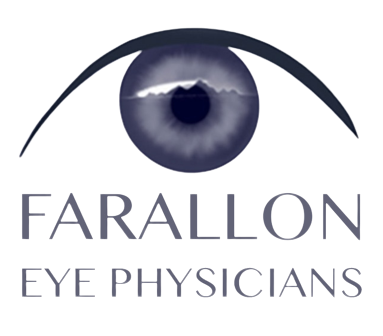Corneal Abrasion or Injury
Corneal Abrasion or Injury
Corneal Abrasion or Injury
Corneal abrasions and injuries are common. Your cornea is located at the front of your eye. It may be scratched or injured by substances, such as dirt, sand, or chemicals. Contact lenses or ultraviolet light may harm the cornea. Puncture injuries may result from trauma.
A corneal abrasion or injury requires immediate first aid and medical treatment. With treatment, superficial corneal injuries heal quickly. Extremely severe cases may require surgery or a cornea transplant.
Anatomy
Your eyes and brain work together with amazing efficiency. Light rays enter the front of your eye and are interpreted by your brain as images. Light rays first enter your eye through the cornea, the “window” of your eye. The cornea is a clear dome. The cornea and lens in your eye work together to help your eye focus.
Causes
Corneal abrasions are common types of eye injuries. Corneal abrasions occur when a foreign body scratches or injures the surface of the cornea. This may result from dirt, sand, dust, or particles that contact the eye. Poor fitting contacts, the overuse of contacts, or prolonged ultraviolet light exposure can harm the cornea. Chemicals, including household chemicals, such as drain cleaner, oven cleaner, or hairspray can be very dangerous to the eye. Puncture injuries may result from trauma. Particles moving at a high speed or very sharp objects can penetrate the cornea.
Symptoms
A corneal abrasion causes eye pain and redness. It may feel like you have something in your eye. Your eye may tear more than usual. Your vision may change. You may experience blurred vision or vision loss. Your eyes may be sensitive to light.
Diagnosis
You should contact your doctor immediately and seek urgent medical treatment for a corneal abrasion or injury. You should not try to remove a foreign body from your eye by yourself. Foreign objects should be removed professionally to prevent further injury. In the case of chemical exposure, the eye should immediately be flushed with tap water for 15 minutes before going to the nearest emergency room or your eye doctor.
Your eye doctor or an emergency room physician will thoroughly examine your eye. Slit lamp examination allows your doctor to view inside of your eye. Fluorescein dye staining is used to show the affected area on the cornea. Your eye doctor will probably monitor your healing progress with frequent eye examinations.
Treatment
Emergency treatment involves removing the foreign object or flushing a chemical from the eye. Antibiotic eye drops or ointment are frequently used to prevent infection. Your eye will be covered with a dressing and patch to allow the cornea to heal.
Superficial corneal injuries heal very quickly, within just a few days. Penetrating injuries are more serious and may take longer to heal. In severe cases, corneal surgery or a corneal transplant may be required to restore vision.
Complications
In a patient whose immune system is not normal, an abrasion can lead to more serious infection. They must be followed by their physician to make sure no complications develop. This is especially true for diabetic patients or those on chemotherapy.
This information is intended for educational and informational purposes only. It should not be used in place of an individual consultation or examination or replace the advice of your health care professional and should not be relied upon to determine diagnosis or course of treatment.
The iHealthSpot patient education library was written collaboratively by the iHealthSpot editorial team which includes Senior Medical Authors Dr. Mary Car-Blanchard, OTD/OTR/L and Valerie K. Clark, and the following editorial advisors: Steve Meadows, MD, Ernie F. Soto, DDS, Ronald J. Glatzer, MD, Jonathan Rosenberg, MD, Christopher M. Nolte, MD, David Applebaum, MD, Jonathan M. Tarrash, MD, and Paula Soto, RN/BSN. This content complies with the HONcode standard for trustworthy health information. The library commenced development on September 1, 2005 with the latest update/addition on April 13th, 2016. For information on iHealthSpot’s other services including medical website design, visit www.iHealthSpot.com.
To schedule an appointment for optical, ophthalmology or cosmetic services in Daly City, California, simply call the office of Susan Longar, MD.



